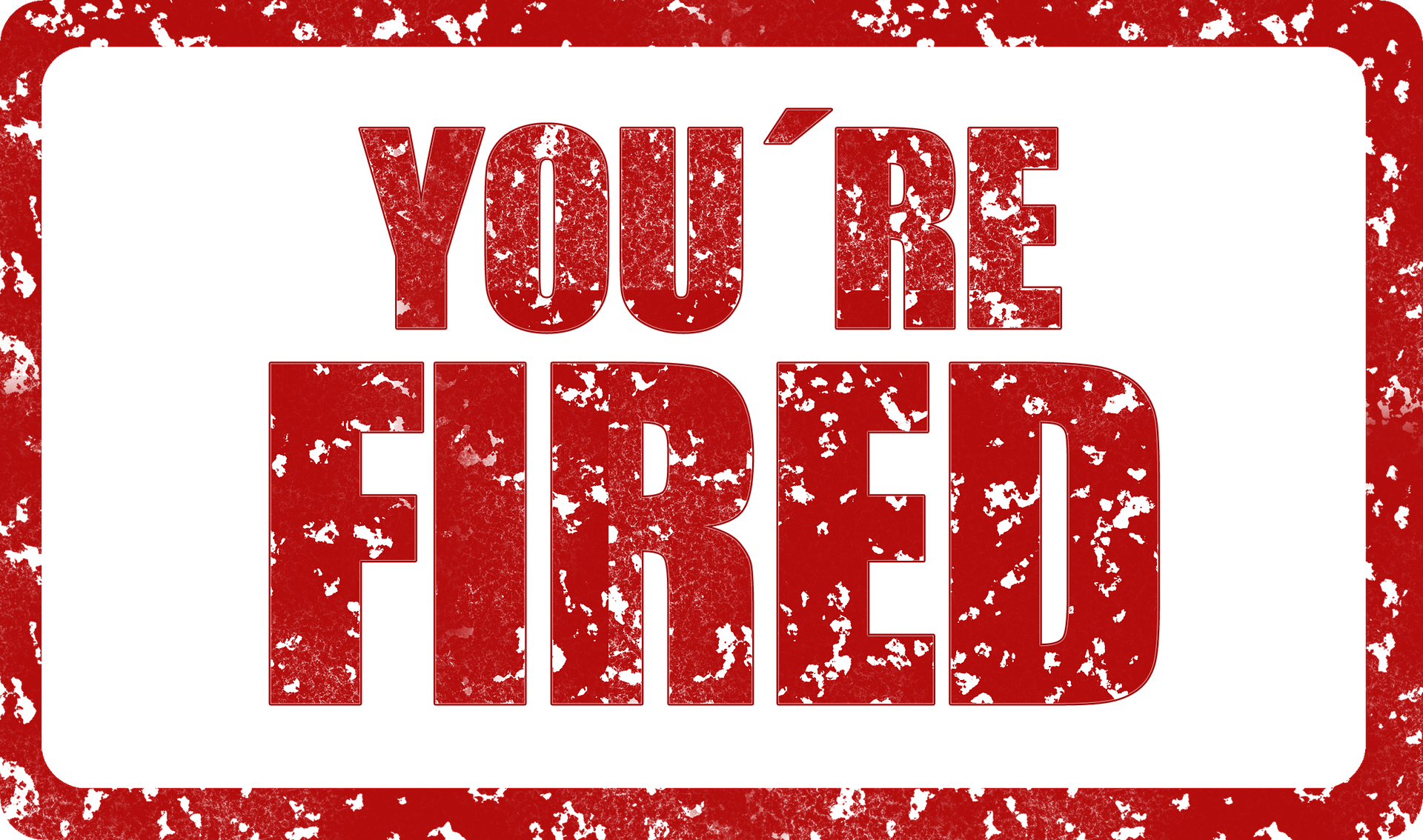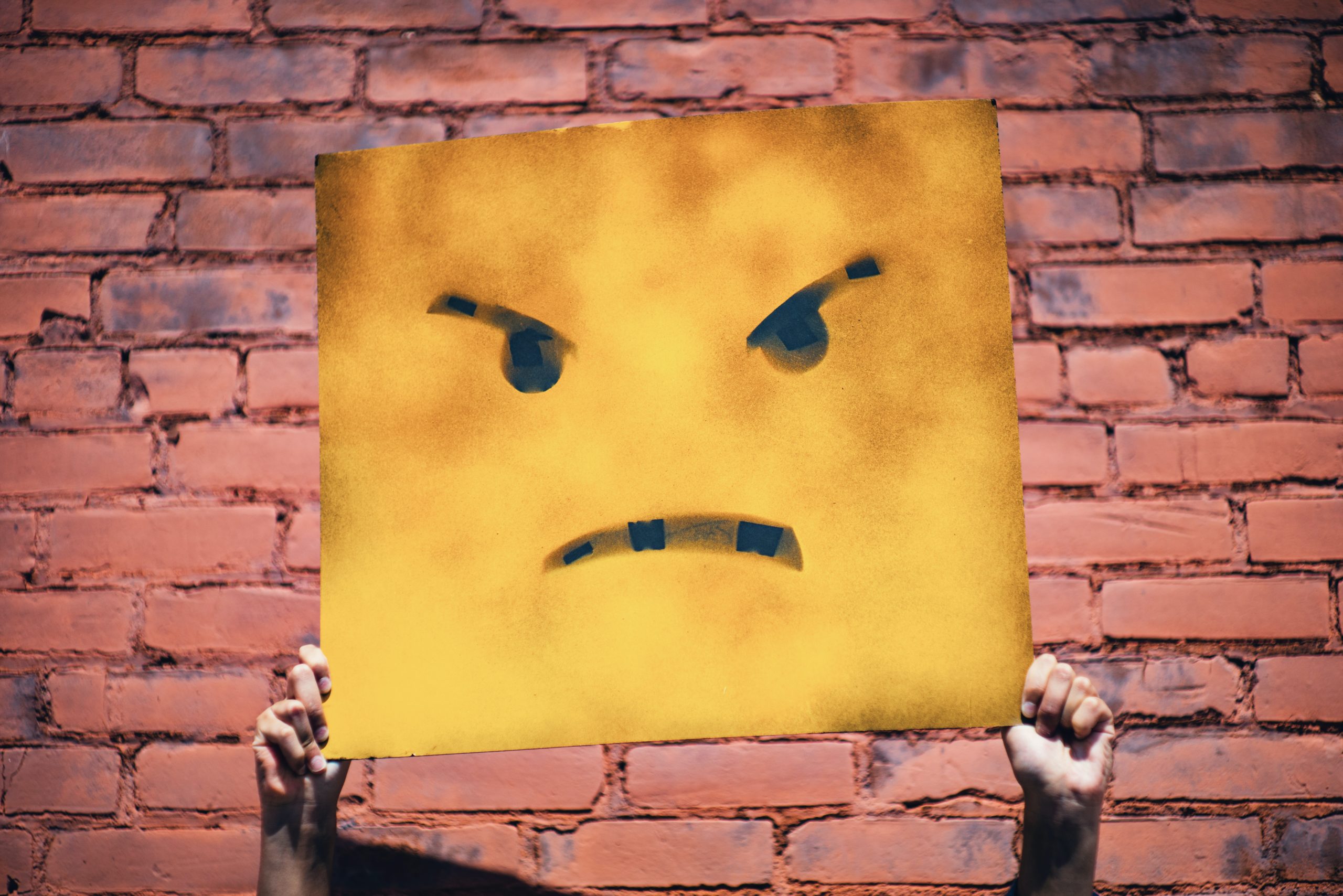For public relations and reputation experts, it’s easy to point out the brands and personalities who mishandled bad news or missed opportunities after public mistakes. Our list of the PR losers of the past 12 months is out, but what about the good news stories of the year? Here are my nominations for the best, most skillful, or just plain luckiest PR moves of 2018.
Parkland students keep the story alive
A tragedy like the shooting at Marjorie Stoneman Douglas high school in Parkland, Florida will always dominate the news cycle — that is, until it doesn’t. Eventually the media and the public move on. Yet this time, a handful of student activists accomplished something difficult even for PR professionals – they maintained the story’s momentum.
The teens used their social media skills and journalistic savvy to quickly raise funds for future events, plan out media-oriented appearances, and offer an updated story for journalists and news crews.
First came a White House meeting, followed by a CNN town hall and a 17-minute school walkout in March. Things culminated in the March For Our Lives on the 24th – offering compelling visuals and fresh sound bites. Unlike other groups, like the bereaved parents of Sandy Hook, the teens didn’t hesitate to target the NRA and Congress directly. They knew the press would want new faces for interviews, so they organized a deep bench of media-savvy spokespersons and messages for journalists and news crews. A professional PR and social media team couldn’t have planned it better. The kids are all right – and I’m betting they’re not done yet.
Nike scores with Kaepernick
Marketers may have differing opinions on Nike’s brand advertising campaign around former 49ers quarterback Colin Kaepernick this year. After all, the campaign sparked protests by those who took issue with Kaepernick’s refusal to kneel during the national anthem before games. But for sheer dominance of the news cycle, it was a clear winner. Not only that, but the brand surely knows its audience, and those aged 18 to 34 approved of its decision by a 67-21 margin, even as older voters disagreed. What may have been most impressive about the campaign was the surprise factor; Nike had maintained a lengthy silence about Kaepernick, who was actually signed to the brand since 2011, throughout months of protests, quietly re-signing him just before the deal was set to expire.
“Believe in something. Even if it means sacrificing everything,” was a powerful tagline. Did the revelation that it was planned well in advance undermine Kaepernick’s status as an exile and the “sacrifice” alluded to in the ads? Maybe, but the campaign’s omnipresence crushed everything else in the news cycle. According to Bloomberg, Nike generated $43 million in earned media and social buzz for its campaign in the first 24 hours after it was launched. Now, that’s a testament to the power of PR.
IHOP serves up a PR prank
If somebody had told me a year ago that IHOP would dominate social media channels with a prank re-branding as a burger chain, I wouldn’t have believed it. But the temporary transition from IHOP to IHOb dished up humor, suspense, a little nostalgia, and an extra dollop of controversy. The whole thing turned out to be a recipe for PR success. IHOP cleverly started things off by changing out some signage at select locations and flipping the “p” in its social media branding to a “b” without explanation, sparking speculation about what the letter might stand for.
Twitter critics jeered when it followed with the “news” that it was rebranding as International House of Burgers, of course. But there was a method – and a message – to IHOP’s madness. It wrapped the announcement around its plan to be known as a lunch and dinner chain, not just a stop for breakfast. And when was the last time someone was talking about IHOP anyway? Well done, IHOP, no matter how you spell it.
KFC’s colorful mea culpa
IHOP wasn’t the only winning brand in the food service category. This year a regional ad campaign created as a customer apology after the UK unit of KFC ran out of chicken made international news. The campaign blended earned, paid, and owned media with spicy humor, self-awareness, and a cleverly crafted apology that stopped just short of being NSFW.
When it found itself in the embarrassing position of having no chicken for customers, KFC took on a humble, yet suitably British-flavored tone in its response. To soothe ruffled feathers, it posted cheeky notes on the doors of shuttered restaurants apologizing for “teething problems” with a new supplier. A webpage enabled UK customers to access updates about stores in their areas. Then the UK chain cooked up an extraordinary ad that ran in two daily newspapers. For most brands, the logo is sacrosanct, but KFC scrambled its initials in a shocking “FCK” headline that grabbed everyone’s attention and made the whole campaign work. It delivered on all fronts — as an apology to customers and franchise owners, as a creative expression of frustration, and a show of brand personality. It’s a useful reminder that, through creativity and quick decision-making, it’s possible to turn bad publicity into good PR.
ABC takes a stand
It seems like a long time ago now, maybe because so many crisis situations have befallen media and entertainment brands (looking at you, CBS) but ABC Entertainment Group, then led by president Channing Dungey, deserves credit for its courageous and very quick decision to pull the plug on the successful reboot of its “Roseanne” series earlier this year. It’s easy to end a show or terminate a contract when it has fallen short, or when only a hefty payout is at stake. But in this case, the revived “Roseanne” was a true ratings hit, with huge future earning power for the network as the most watched new series of the season. It was renewed after only one episode and was ranked second in total viewers of all entertainment programs.
Yet when Roseanne Barr tweeted racist insults as part of a bizarre Twitter feud with former Obama adviser Valerie Jarrett, ABC swiftly canceled the show. There was no apparent hesitation, no poll-tested apologies, no mealy-mouthed mea culpa, just a corporate statement that was pitch-perfect. (Honorary mention to Sanofi for its rapid response to Barr’s tweet blaming her insult on Ambien. “Racism is not a known side effect of any Sanofi medication,” from a major pharma company was real-time-marketing gold.)
Starbucks walks the talk
One of the things I admire most about brand Starbucks is its willingness to lead on issues that are both risky and difficult. After the manager of a Philadelphia Starbucks called the police on two African-American customers who took a table before ordering anything, the video of their arrest went viral, and the brand had a grande crisis in the making. Its initial response, in the form of a tweet a full day later, was slow and inadequate to the anger brewing after the incident. A formal apology issued the next day ignored the elephant in the room — the fact that the men were most likely treated differently from other customers because of their race. Yet, true to its brand character, once it fully grasped the community and reputation impact of the incident, Starbucks engaged fully, leveraging its size, presence, and brand voice.
Two days after the arrests, the company issued formal apologies, both on social platforms and through media interviews and a CEO video condemning the “reprehensible” actions based on race. Starbucks followed up by announcing it would close 8000 stores on May 29 for a half-day of employee education around racial bias. Did it abolish racism with the partner education commitment? Of course not, but to its credit, it’s one of the few major brands that consistently talks up its values and, when challenged, takes the steps to live up to them.
Payless tweaks influencer culture
With all the moves from brands that addressed sobering issues like racial injustice or gun violence, it was refreshing to see marketing PR news made by the Payless shoe brand. Payless doesn’t attract a lot of third-party notice or make much news, but last month it pulled off a pretty brilliant stunt that worked as a legitimate marketing campaign. In yet another of the successful brand pranks of 2018, Payless took over an old Armani boutique, renamed it “Palessi,” and stocked the shelves with its typical bargain-priced merchandise. Then, in a masterful PR stoke, it invited high-end fashion “influencers” to a special luxury footwear opening sale. The special guests unwittingly bought $20 shoes for $200 to $600 while raving about their quality and style — all captured on video for paid ads.
The ploy generated earned media coverage that cleverly reinforced the Payless brand promise of decent style for a great price, which was a strategic win for the brand. It also worked as a tweak of fashion influencer culture. The “experts” came off as posturing snobs, and the stunt was a reminder for those in the game that all influencers aren’t created equal. Beyond having lots of followers, a true influencer should be credible, with authentic expertise and legitimate appeal relevant to any brand it promotes. At a time when top brands are concerned about digital fraud as well as inflated ROI figures for influencers, it was a perfect fit.
The Thai cave rescue brought us together
It wasn’t a PR campaign, but the rescue of 12 young soccer players and their coach from a cave in northern Thailand tops my list of inspiring 2018 events that offered real-life storytelling lessons. It had all the classic elements: innocent children in peril; a true hero’s journey to their rescue; and a sense that we were all united in hoping for the best possible outcome.
There was more than one hero here, and there was a big twist to the story. At the point where it should have ended – the boys’ discovery by British divers after a nine-day search – the cave narrative was just beginning. When we realized the rescue would be risky, complicated, and perhaps impossible, everything changed. Our attention was divided between the boys and their soccer coach and the teams of rescuers who risked their lives to bring them out safely.
In its management of media relations, the Thai authorities seemed to follow the playbook from the successful 2010 rescue of the Chilean miners who were trapped underground for two months as the world waited and watched. The Thai rescuers were careful to paint the situation as grave, working to manage expectations, correcting the inevitable errors in reporting, and accepting expert help while maintaining control of the news flow.
Above all, it was an against-all-odds narrative that pitted a small number of rescuer “Davids” against a Goliath of terrifying natural power. In the face of worsening conditions and sudden setbacks — torrential downpours, dropping oxygen levels inside the cave, and the death of an experienced volunteer, we weren’t confident of the outcome, but who wasn’t gratified to see light at the end of the tunnel?













